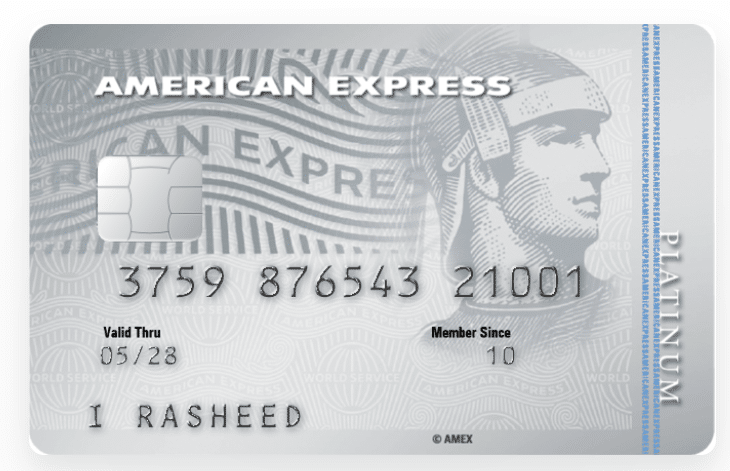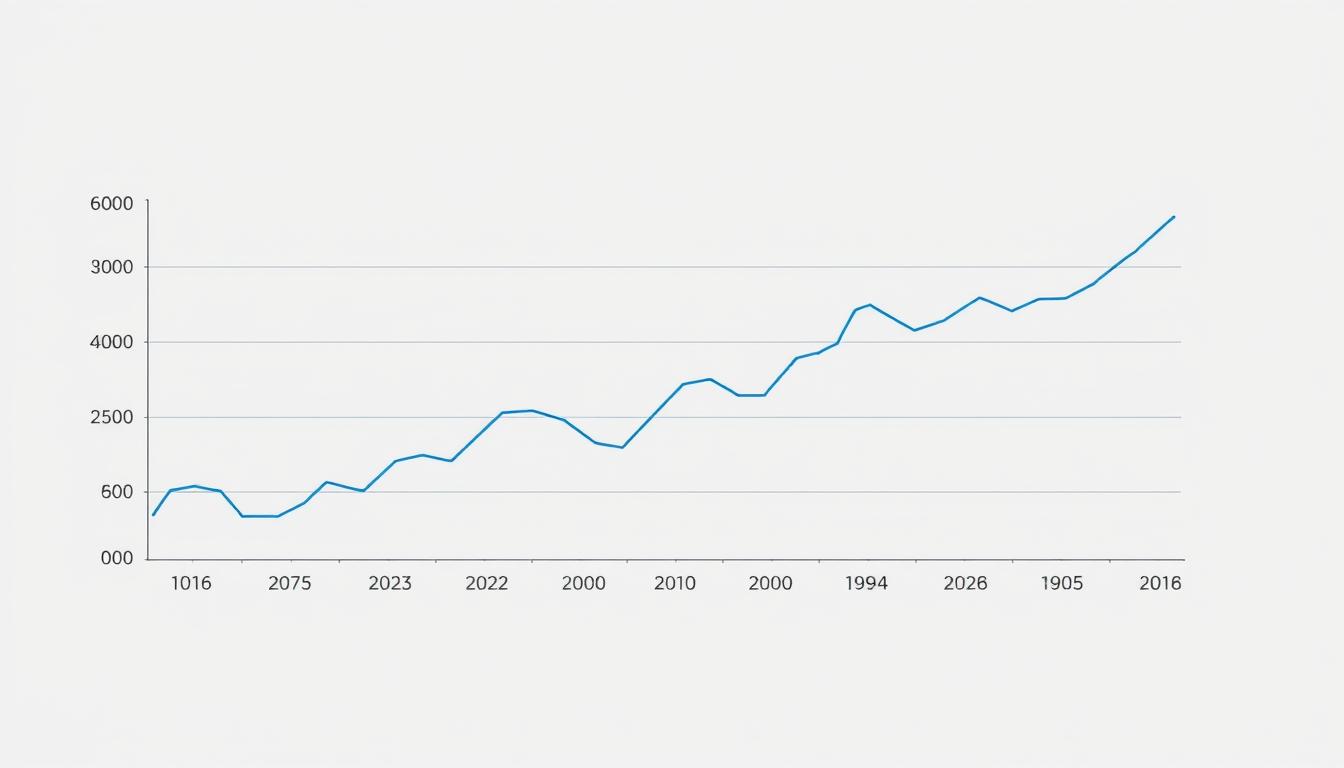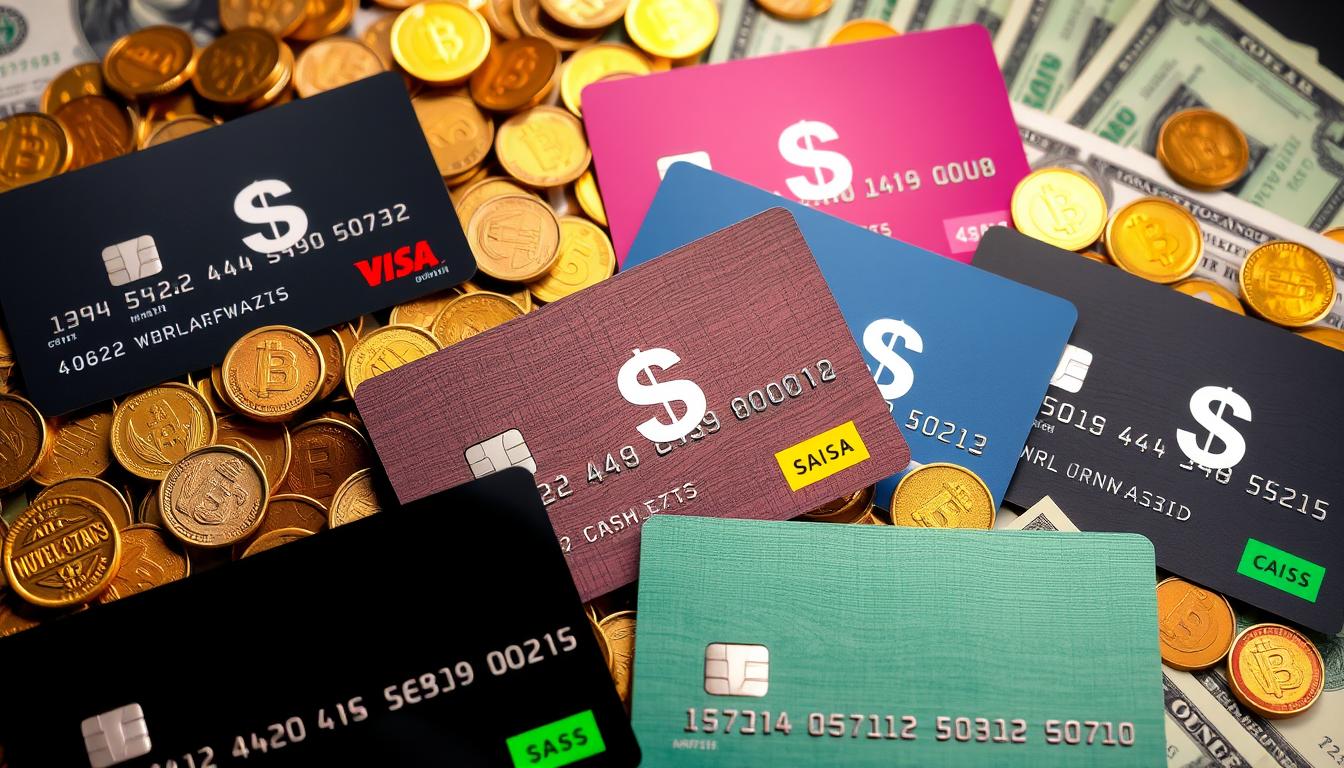Want a card for every occasion?
The Maldives’ economy closely follows the exchange rate trends of the Maldivian rufiyaa (MVR). This is key since the rufiyaa is tied to the US dollar. Understanding this connection helps keep the currency stable and supports economic growth.
Imports are crucial for the Maldives. So, changes in the exchange rate directly affect its economy. It’s vital for experts and policymakers to watch these trends. This way, they can make smart choices to strengthen the economy.

BML Islamic American Express Platinum

Understanding the Maldivian Rufiyaa and Its Exchange Rate
The Maldivian rufiyaa is the Maldives’ official currency, known as MVR. It’s pegged to the US dollar to keep its value stable. The central rate is MVR 12.85, with a possible fluctuation of ±20%. This method helps manage the exchange rate well and keeps the economy stable.
The currency peg is crucial for trade and tourism, key parts of the Maldivian economy. Since the rufiyaa is linked to the US dollar, exchange rate changes can affect prices. Tourism businesses need to watch how MVR changes can influence what customers spend.

Current Exchange Rate Levels and Historical Context
The Maldivian rufiyaa (MVR) shows us if the economy is stable. By the end of 2024, it’s valued at MVR 15.40. This indicates stability and good control over its value.
To fully grasp the exchange rate, we look at its past behavior. In the last ten years, it has mostly stayed around MVR 15.46. This shows the currency’s performance hasn’t changed much, which is key for those keeping an eye on its value.
Looking back at the exchange rate’s past helps predict future changes. The recent changes highlight the importance of watching the MVR closely. This is critical for making smart financial choices, both locally and globally.
Impact of Currency Pegging on Exchange Rates
Since 2011, the Maldivian rufiyaa has been pegged to the US dollar. This has a big impact on the nation’s economy. It keeps prices stable, which is key for economic balance in places hit by outside forces.
Businesses trading across borders find this setup very helpful. It lets them make plans without worrying about unexpected cost changes. This predictability draws in foreign investment, boosts trade, and strengthens the economy.
However, pegging the currency isn’t without its downsides. If the market pushes against the currency, it could lead to trouble. Keeping the exchange rate fixed might use up the country’s foreign reserves. This could harm the economy.
So, it’s vital for those in charge to keep an eye on these effects. They must balance ensuring the peg brings more good than harm.
Challenges in Maintaining Exchange Rate Stability
The Maldives has big challenges in keeping its currency, the rufiyaa, stable. This is mainly because it buys a lot from other countries. These purchases make it hard to protect the nation from bad changes in the world economy.
The country’s foreign reserves are dropping. This makes it hard to keep a strong amount of foreign currency. The issue gets worse as public debt reaches around 119% of GDP. This raises worries about the government’s ability to pay its bills and keep the rufiyaa stable.
Fixing these problems needs careful financial planning. The Maldives must find a good mix of stable currency and economic growth. Officials may have to change their plans to better deal with money coming in and out of the country. This can help fight against things that make the rufiyaa less stable.
Exchange Rate Fluctuations and Economic Indicators
Exchange rate changes have a big effect on the Maldives economy, especially through important economic indicators. It’s vital to understand how these changes relate to inflation and growth forecasts for financial analysis.
After COVID-19, the Maldives saw its GDP grow by 37.3% in 2021. This growth shows how closely exchange rate movements are linked to economic health. For example, as the Maldivian economy improved, exchange rate changes influenced import prices and inflation.
Some economic indicators to focus on include:
- Inflation rates, offering a glimpse into purchasing power and living costs.
- Employment rates, showing how stable the job market is with exchange rate changes.
- Consumer spending, indicating how exchange rate changes affect local buying.
Looking at these indicators, it’s clear that exchange rate movements are key in deciding the Maldives economy’s stability and growth. So, detailed financial analysis is crucial for a better grasp of this complex relationship.
Government Policies Affecting the Exchange Rate
The Maldives is working hard to keep its currency, the Maldivian Rufiyaa, stable. This is very important because the country’s economy depends a lot on tourism and foreign investments. To do this, they’re focusing on making more money from tourists. This helps increase the country’s foreign money reserves.
One big step they’ve taken is to make sure money earned abroad comes back to the country. This is to prevent the value of their money from going down. By doing so, they’re helping the economy stay stable. They’ve also tried to make sure their spending and money policies work well together. This helps them meet their economic goals better.
- Creation of incentives for the tourism sector to increase foreign currency deposits.
- Strengthening financial regulations to safeguard investors and promote transparency in currency transactions.
- Regular assessment of exchange rate impacts on broader economic metrics to inform future policies.
These government actions are not just about keeping the exchange rate stable. They’re also about building trust with investors, both from within the country and outside.
Impact of Global Economic Factors on Maldives Exchange Rate
The Maldivian rufiyaa is very sensitive to the world’s economic state. Changes in the cost of goods, like fuel and food, play a big part. For example, if global demand rises, it can make these goods more expensive. This can reduce the value of the rufiyaa.
When prices go up around the world, it makes things worse. High inflation in big economies can make the US dollar stronger. This is crucial for the Maldives since it uses the dollar for international deals. Not having enough foreign cash can make it tough for the Maldives to keep its currency’s value stable against the dollar. This affects the whole economy.
Also, changes in the global market can make the Maldivian exchange rate unstable. Things like trade fights or political issues can mess up supply chains and make imports costlier. This directly changes the value of the currency. These global situations show how important it is for Maldives’ leaders to keep up with world economic trends.
The Role of Foreign Reserves in Exchange Rate Management
Foreign reserves are key to keeping exchange rates steady in the Maldives. They help keep the currency stable. Right now, the country’s reserves can cover 1.4 months of imports, totaling USD 589 million.
New policies aim to grow these reserves. This protects the Maldives from unexpected financial problems. Having strong reserves also makes investors and everyday people more confident in the economy.
Actively keeping an eye on the economy helps make quick, smart decisions. This way, the Maldives keeps its foreign reserves healthy. And this helps keep the country’s currency stable.
How External Debt Affects Exchange Rate Stability
The Maldivian economy is struggling with a big problem – its external debt is more than 119% of its GDP. This heavy borrowing affects how stable its currency is. Managing this debt well is very important for the country.
Borrowing money from other countries means Maldives’ economy can be hit by global market changes. An increase in debt makes a stable currency more important. This is because the country needs to pay back what it owes. If the currency value goes down, it becomes harder and more expensive to repay this debt.
For the Maldivian economy to stay stable, the government must borrow money wisely. They also need to keep an eye on the economy’s overall performance. If they don’t handle their debt well, it could hurt the economy. This would affect things like investments and how confident people feel about spending their money.
Exchange Rate and Inflation Correlation in the Maldives
The relationship between exchange rate and inflation is key for Maldives’ economic health. In recent years, the inflation rate has been kept low, thanks to the stable Maldivian Rufiyaa. The government has worked hard, using measures like subsidies, to keep prices steady and control inflation.
Looking into the exchange rate and inflation connection shows how exchange rate changes can upset the balance. Swift shifts in currency value can make imported goods costlier, potentially raising inflation rates. This risk can shake the economic stability, impacting how much people can buy and their confidence in the economy.
Keeping the exchange rate stable plays a big role in managing how people view inflation. A solid and steady currency helps in regulating prices more effectively, leading to a more stable economy. As the Maldives balances its exchange rate policy with its goals on inflation, it’s crucial to keep an eye on these dynamics for ongoing economic growth.
Tourism’s Influence on Exchange Rates in Maldives Finance
The Maldivian economy heavily depends on tourism, which affects exchange rates. When tourists visit, they increase the demand for the Maldivian rufiyaa. This makes the exchange rate stronger because of tourism income.
Tourism businesses have to change some of their money into local currency. This shows how tourism shapes the Maldivian economy. This action affects how much rufiyaa is available for trading. A booming tourism sector usually means the currency gets stronger. This attracts even more tourists and helps the economy grow.
Yet, if exchange rates swing too much, it could scare off tourists. When the rufiyaa is strong, Maldives becomes more expensive for visitors. This could reduce the number of people coming in, affecting the economy. It makes managing tourism and keeping the exchange rate steady a tricky balance.
Conclusion
The Maldives’ exchange rate is shaped by both internal policies and global economic forces. It’s clear that keeping the exchange rate stable is key for the country’s economic health. To overcome challenges like inflation, it’s vital to keep a strong financial strategy.
Financial reforms are incredibly important. They help protect the value of the Maldivian Rufiyaa and manage market changes. By staying ahead with smart financial steps and policy changes, the Maldives can protect its economic future.
As the world economy shifts, the risks it brings highlight the importance of being ready to adapt. The Maldives must aim to make its exchange rate strong and supportive of growth. This focus is essential for its economic success.
FAQ
What is the current valuation of the Maldivian rufiyaa?
How is the Maldivian rufiyaa pegged to the US dollar?
What challenges are affecting the exchange rate in the Maldives?
How does the currency peg influence trade in the Maldives?
What role do foreign reserves play in managing the exchange rate?
How did the Maldivian economy perform post-COVID-19?
What government initiatives are in place to support the exchange rate?
How do global economic conditions affect the rufiyaa?
What is the relationship between exchange rates and inflation in the Maldives?
Are there any risks associated with external debt in the Maldives?
How does tourism influence the exchange rate in the Maldives?
Conteúdo criado com auxílio de Inteligência Artificial


